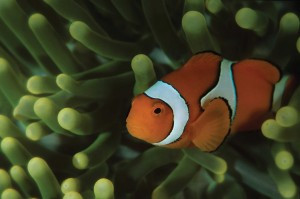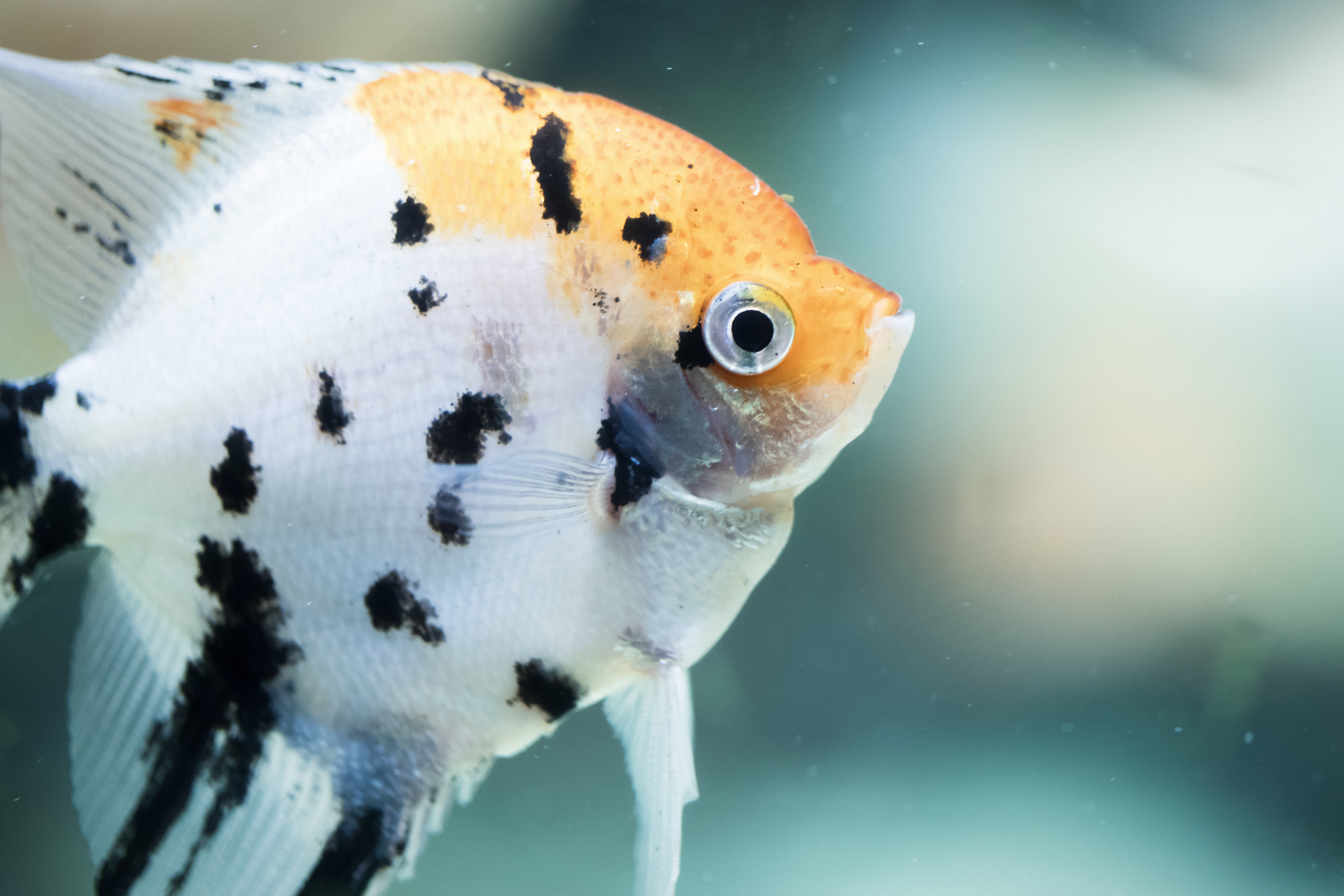Aquarium Trade Could Face New Restrictions
Pet Age Staff //August 1, 2013//
Late 2012 was a turning point for the marine ornamental industry.
Facing numerous initiatives to curtail or severely restrict the trade, several marine industry leaders organized a special committee with PIJAC dedicated to representing the marine trade before international, federal and state governments. 
Issues facing the industry, include a petition to list the clownfish and seven damselfish under the Endangered Species Act (ESA), the proposal by the National Marine Fisheries Service (NMFS) to list 66 coral species under the ESA, the introduction of seven bills in the Hawaiian Legislature that would cripple the marine aquarium trade, and litigation by activists in Hawaii seeking to shut down aquarium collections until the state conducts environmental impact studies.
Each of these issues is complex.
The proposed ESA coral listings, for example, contain more than 1,400 pages of technical material. Listing a coral as “endangered” prohibits importation of those corals into the United States. It would also prohibit interstate movement of those corals already in the United States, making it illegal to ship captive-bred specimens.
Since the ESA does not distinguish between wild collected, maricultured or aquacultured corals, all corals would be treated as if they were harvested from the wild.
The NMFS relied on a range of studies to create the proposed listing of 66 species. They have come to recognize that the proposal suffers from a lack of science-based information.
PIJAC’s Marine Subcommittee has launched an initiative to provide funding for an open-access, web-based data resource spearheaded by Dr. John Charlie Veron, one of the world’s prominent coral scientists.
This tool will incorporate the most up-to-date and comprehensive resources on coral taxonomy, conservation, vulnerability assessment, coral ID tools and mapping programs.
The data will be made available to NMFS for consideration prior to its final decision later this year.


















